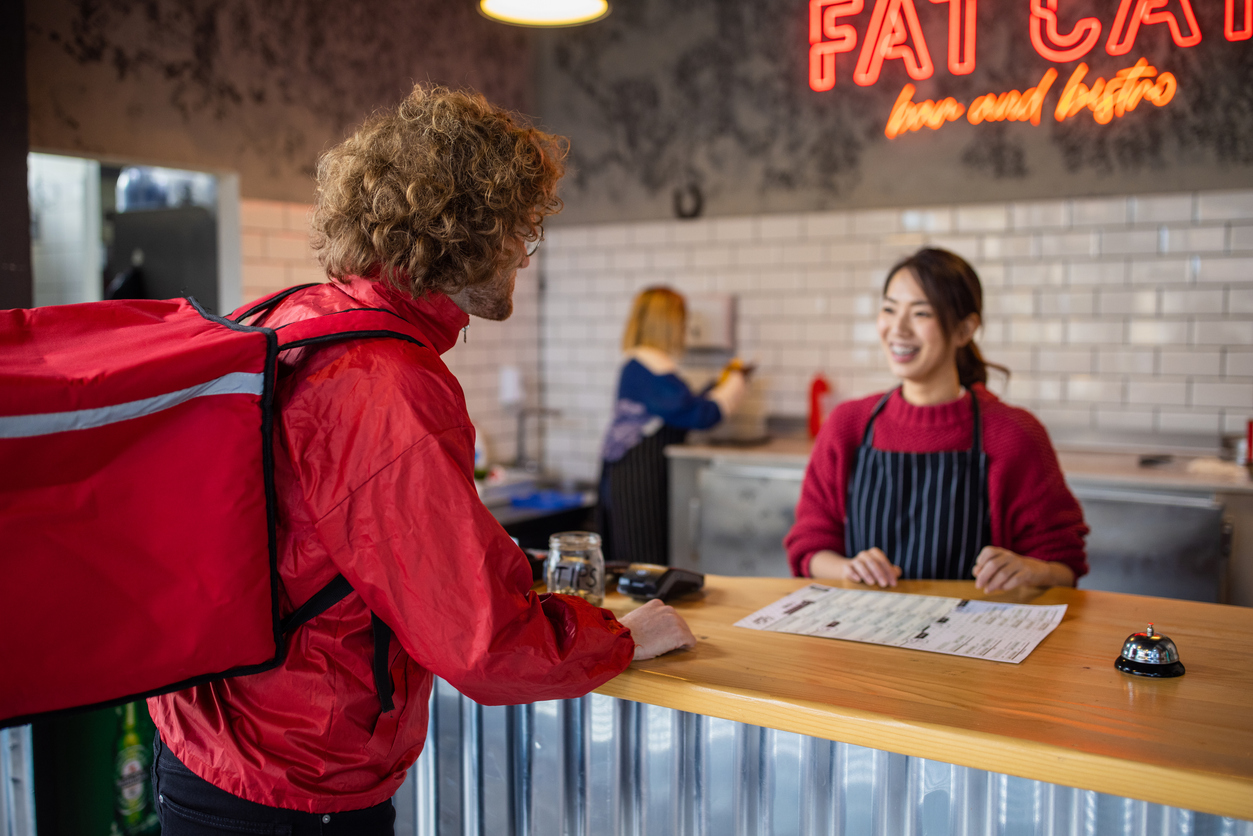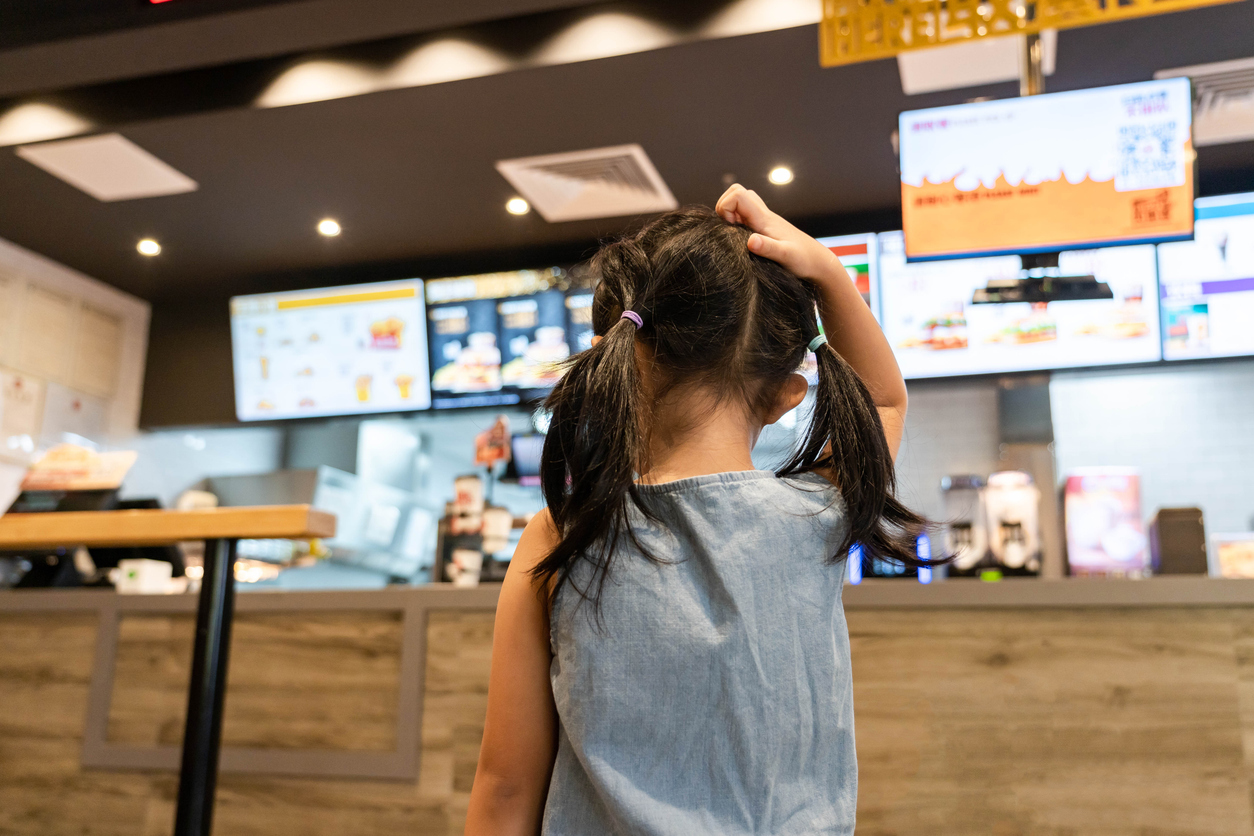Accurate sales forecasting is the secret ingredient to culinary and financial success. As a restaurant leader or operator, you know that your ability to predict future sales impacts every aspect of your business – from staff schedules and food orders to menu innovation and profit margins.
Imagine steering a ship without a compass or navigating a busy kitchen without a well-planned menu. That's what running a restaurant without sales forecasts feels like. Accurate predictions empower you to:
- Optimize inventory management
- Schedule staff efficiently
- Make informed financial decisions
- Stay ahead of industry trends
Whether you run a fine-dining establishment or a growing chain of fast-casual spots, mastering sales forecasting is your ticket to sustainable growth and operational excellence. With the right forecasting tools and strategies, restaurants can maximize their annual sales profitability.
What Is Restaurant Sales Forecasting?
Restaurant sales forecasting is a systematic process of predicting future sales volume and revenue for a specific time period. It involves:
- Utilizing historical sales data, recent market trends, and industry-specific variables.
- Accounting for unique factors such as seasonality, holidays, local events, and operational changes within the restaurant.
- Conducting routine forecasts and revising predictions in response to significant internal or external changes affecting the restaurant.
This process enables restaurant owners and managers to anticipate revenue, optimize operations, and make informed decisions about staffing, inventory, and overall business strategy.
Why Is Sales Forecasting Important For Restaurants?
Sales forecasting is the strategic compass that guides restaurant operations, transforming raw data into actionable insights that drive business success. Far more than a simple predictive tool, critical intelligence empowers restaurant leaders to make informed decisions across multiple operational dimensions.
Here are some key areas where sales forecasting proves invaluable.
Optimization Of Inventory Management
Accurate sales forecasting enables precise inventory control, reducing food waste and optimizing purchasing. By predicting demand with precision, restaurants can:
- Minimize excess stock
- Reduce spoilage costs
- Ensure consistent ingredient availability
- Negotiate better bulk purchasing terms
For instance, when holidays or peak seasons are expected, a forecast can indicate higher demand for certain dishes, allowing the restaurant to prepare accordingly.
Optimizing Labor Scheduling
A good sales forecast report enables a restaurant to:
- Match staff levels to predicted customer traffic
- Reduce unnecessary labor costs
- Improve employee scheduling efficiency
- Prevent over or understaffing during peak and slow periods
For example, if a restaurant expects a high-traffic weekend, more chefs and servers can be scheduled to ensure a smooth operation and higher-quality customer service. During off-peak times, fewer staff members can be scheduled to save on labor costs.
Improved Financial Planning
Sales forecasting provides a strategic financial roadmap by:
- Projecting potential revenue streams
- Identifying seasonal revenue patterns
- Supporting budget allocation
- Facilitating more accurate financial modeling
Sales forecasting gives restaurant owners an accurate view of revenue generation and helps them budget accordingly. In the long run, such financial foresight helps stabilize and grow.
Enhancement Of Customer Experience
With sales forecasts, restaurants can provide better customer service and more effective demand preparation. Precise sales predictions help restaurants:
- Maintain optimal service levels
- Ensure adequate staff during peak hours
- Prepare sufficient menu items
- Reduce customer wait times
- Maintain consistent service quality
For example, having enough staffing, adequate inventory, and faster services during busy times will reduce waiting lines and increase satisfaction. Consistently available popular menu items and efficient service will also keep customers happy and loyal.
Supporting Long-Term Growth Strategies
Sales forecasting is all about day-to-day operations but represents the nucleus of long-term growth. Based on patterns and trends, the restaurant can decide when to open new locations, launch seasonal menus, or introduce new marketing initiatives that match goals with customers' behavior for sustainable and strategic growth.
How To Forecast Restaurant Sales
Restaurant sales forecasting examines data and market trends to predict future sales. A systematic approach will likely produce more accurate predictions, allowing restaurants to anticipate their operations and plans better.
Start by examining your restaurant's historical sales performance. Past sales are the basis of any forecast and provide a general understanding of how your customers behave, peak seasons during which sales increase, and patterns in revenue.
- Select a time - day, week, month, or year.
- Determine working hours and days within the given period.
- Predict the average number of customers you will serve every day. Since there is no historical data, this number must be an educated guess based on available seats, delivery options, etc.
- Calculate the average number of customers served in the chosen period. Let’s say you have chosen a week as your period. The average number of customers served would be average. Number of customers served in a day x 7.
- Calculate the average spend/customer. Based on your menu pricing, you can predict this. Again, it will not be accurate, but it can provide a good estimate.
Calculate Sales Forecast = Number of Days Open x Average Number of Customers Served in Chosen Time x Average Spend/Customer.
Be prepared to review and revise the sales forecast to maintain its accuracy. Monitor differences between projected and actual sales and adjust for unexpected ups and downs in customer visits, the appearance of new local competitors, and feedback from marketing or operational initiatives. By monitoring performance regularly, you can make timely adjustments to your strategy.
When Should Restaurants Conduct Sales Forecasting?

Sales forecasting is not a one-time activity; it is an ongoing process. Only a few events in a restaurant's growth and operations would be complete without having to place a forecast. Here are some specific instances of when forecasting becomes important:
Before Launching A New Restaurant
Sales forecasting is necessary for a new restaurant. By understanding the target market, local demographics, and competition, restaurants can foresee potential demand for customers and income. Several data items should be used if you intend to perform intuitive forecasting, including:
- How many days a week do you intend to be open?
- The typical weekly amount of customers you will service
- The average expected expenditure per visitor
Seasonal Peaks And Holidays
Seasonality and holidays also significantly change customer traffic flow. For instance, Christmas or Valentine's Day seasons bring surges to restaurants during slower periods during the first week of January.
Analyzing sales in advance will help restaurants manage their staff, stock seasonal ingredients, prepare promotional offers for maximum revenue during peak times, and minimize losses during slow periods.
Business Expansion Or Location Changes
Forecasting is a key milestone in planning a restaurant's expansion or relocation. It evaluates the potential of the new market, typically weighing factors such as foot traffic, neighboring businesses, and the local population's spending culture. Forecasting will also show whether the new location or expansion will fit existing revenue goals and operational capability.
Analyzing Monthly Or Quarterly Performance
By conducting monthly or quarterly sales forecasting, restaurants can always review trends and compare them with past data. For instance, if sales were low during a certain month last year, a restaurant can plan marketing efforts or menu changes to increase sales during that same period this year. Regular reviews also provide adequate checks on whether short-term goals align with long-term business objectives.
Implementing Major Marketing Campaigns
A forecast would likely be estimated when running a big marketing campaign, such as a social media or special promotion, especially for the potential effects of the campaign on sales and revenue. For example, a "buy one get one free" promotion will probably entice more customers.
How POS Systems Help With Restaurant Sales Forecasting
POS systems are crucial to restaurant sales forecasting as they collect and analyze real-time sales data. This system tracks every transaction, order, payment, and customer preference, helping restaurant managers identify which items are selling and at which period of the day the sales peak.
Using adequate and fresh information, restaurants can identify a pattern—day-to-day, weekly, or seasonal—that becomes vital to forecasting future sales. Such data helps the restaurant effectively decide about workforce and inventory. Changes in the menu allow the restaurant to be ready when needed without under- or over-ordering.
In addition to sales tracking, modern POS systems are usually equipped with advanced analytics tools that enable restaurant owners to make further accurate forecasts. Integrating data from several sources, such as past sales, customer trends, and external influences like holidays or local events, these systems allow restaurants to predict future sales volumes, optimize inventory, and smooth out labor scheduling.
Contact Checkmate To Track Your Restaurant Sales
Checkmate offers the most innovative digital solutions to optimize restaurant operations and enhance sales forecasting. Our advanced tools help streamline sales, inventory management, and workflow efficiency. Get our insight solution to monitor sales, spot trends, and set alerts to optimize your digital program. Unlock the potential for smarter decision-making and sustainable growth. Book a demo now and see the difference we can make for your business!





